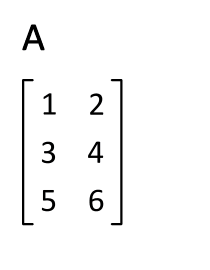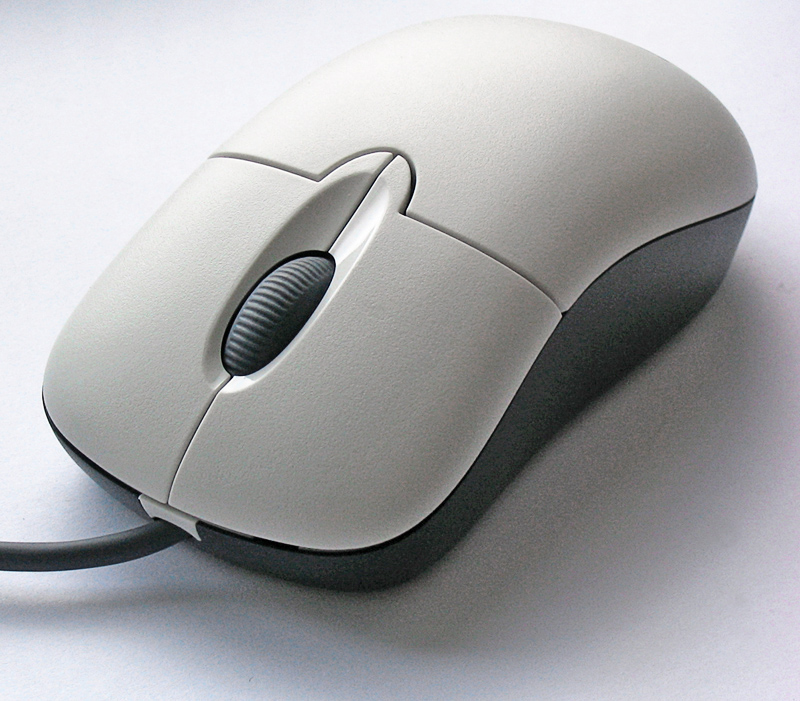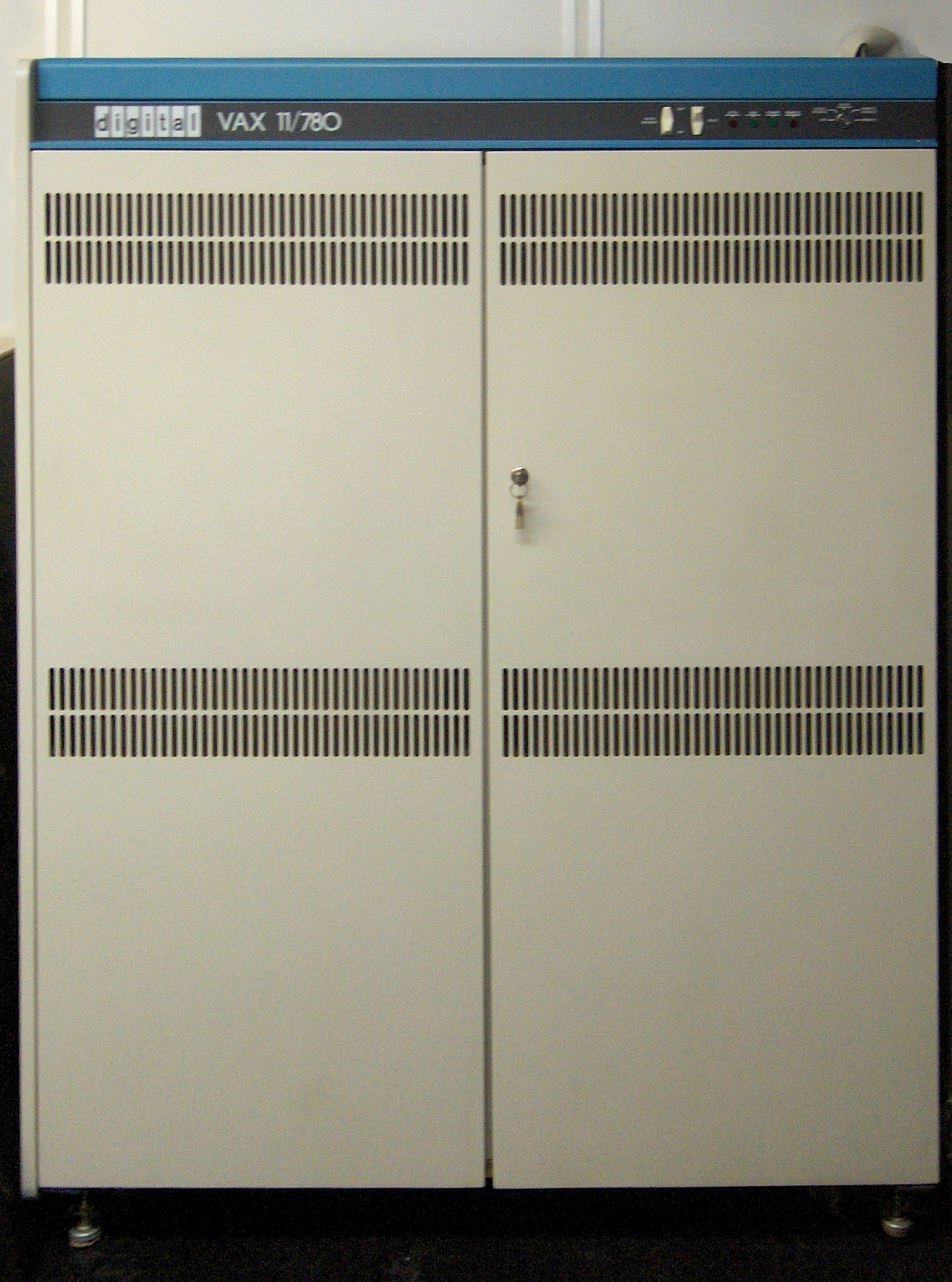|
Visi On
Visi On (also known as VisiOn) is an operating environment for IBM PCs and compatibles running DOS, developed by VisiCorp and released in December 1983. Visi On was the first piece of software with a graphical user interface (GUI) for the IBM PC platform. It was also one of the first GUIs available on any personal computer. Visi On was never popular, as it had steep minimum system requirements for its day, but it was influential in the development of later GUIs like Microsoft Windows. VisiCorp had programs for sale that were compatible with VisiOn, including a spreadsheet program called "VisiOn Calc". (Not to be confused with VisiCalc). One of Visi On's features was an hourglass cursor that indicated when the system was loading data from a disk. At the time, most software would display words on the screen like "busy" or "please wait" instead. History Background In the spring of 1981, Personal Software was cash-flush from the ever-increasing sales of VisiCalc, and the c ... [...More Info...] [...Related Items...] OR: [Wikipedia] [Google] [Baidu] |
VisiCorp
VisiCorp, originally Personal Software, was an early personal computer software publisher. Its most famous products were Microchess, Visi On and VisiCalc. History Personal Software was founded in 1977 by Dan Fylstra. In 1978, it merged with Peter R. Jennings's Toronto-based software publisher Micro-Ware, with the two taking a 50% ownership each in the resulting company and Personal Software becoming the name of the combined company. It continued to publish the software from its original constituents, including Jennings' Microchess program for the MOS Technology KIM-1 computer, and later Commodore PET, Apple II, TRS-80, and Atari 8-bit computers. In 1979 it published the very successful VisiCalc developed by Software Arts, and in 1980 received outside investment from Arthur Rock and Venrock. That year management decided to focus on business applications, and shifted from mail order to regional software distributors and direct sales. Two thirds of revenue came from direc ... [...More Info...] [...Related Items...] OR: [Wikipedia] [Google] [Baidu] |
Apple Lisa
Lisa is a desktop computer developed by Apple, produced from January 19, 1983, to August 1, 1986, and succeeded by Macintosh. It is generally considered the first mass-market personal computer operable through a graphical user interface (GUI). In 1983, a machine like the Lisa was still so expensive that it was primarily marketed to individual and small and medium-sized businesses as a groundbreaking new alternative to much bigger and more expensive mainframes or minicomputers such as from IBM, that either require additional, expensive consultancy from the supplier, hiring specially trained personnel, or at least, a much steeper learning curve to maintain and operate. Development of project "LISA" began in 1978. It underwent many changes and shipped at with a five-megabyte hard drive. It was affected by its high price, insufficient software, unreliable FileWare (codename Twiggy) floppy disks, and the imminent release of the cheaper and faster Macintosh. Only 60,000 Lisa units we ... [...More Info...] [...Related Items...] OR: [Wikipedia] [Google] [Baidu] |
Virtual Memory
In computing, virtual memory, or virtual storage, is a memory management technique that provides an "idealized abstraction of the storage resources that are actually available on a given machine" which "creates the illusion to users of a very large (main) memory". The computer's operating system, using a combination of hardware and software, maps memory addresses used by a program, called '' virtual addresses'', into ''physical addresses'' in computer memory. Main storage, as seen by a process or task, appears as a contiguous address space or collection of contiguous segments. The operating system manages virtual address spaces and the assignment of real memory to virtual memory. Address translation hardware in the CPU, often referred to as a memory management unit (MMU), automatically translates virtual addresses to physical addresses. Software within the operating system may extend these capabilities, utilizing, e.g., disk storage, to provide a virtual address space ... [...More Info...] [...Related Items...] OR: [Wikipedia] [Google] [Baidu] |
Hard Drive
A hard disk drive (HDD), hard disk, hard drive, or fixed disk is an electro-mechanical data storage device that stores and retrieves digital data using magnetic storage with one or more rigid rapidly rotating hard disk drive platter, platters coated with magnetic material. The platters are paired with disk read-and-write head, magnetic heads, usually arranged on a moving actuator arm, which read and write data to the platter surfaces. Data is accessed in a random-access manner, meaning that individual Block (data storage), blocks of data can be stored and retrieved in any order. HDDs are a type of non-volatile storage, retaining stored data when powered off. Modern HDDs are typically in the form of a small disk enclosure, rectangular box. Hard disk drives were introduced by IBM in 1956, and were the dominant secondary storage device for History of general-purpose CPUs, general-purpose computers beginning in the early 1960s. HDDs maintained this position into the modern er ... [...More Info...] [...Related Items...] OR: [Wikipedia] [Google] [Baidu] |
File Manager
A file manager or file browser is a computer program that provides a user interface to manage computer files, files and folder (computing), folders. The most common Computer file#Operations, operations performed on files or groups of files include creating, opening (e.g. file viewer, viewing, playing, editing or computer printer, printing), renaming, file copying, copying, Computer file#Moving methods, moving, file deletion, deleting and searching for files, as well as modifying file attributes, properties and file permissions. Folder (computing), Folders and files may be displayed in a tree structure, hierarchical tree based on their directory structure. Features File transfer Graphical user interface, Graphical file managers may support copying and moving of files through "copy and paste" and "cut and paste" respectively, as well as through drag and drop, and a separate menu for selecting the target path. While transferring files, a file manager may show the source and de ... [...More Info...] [...Related Items...] OR: [Wikipedia] [Google] [Baidu] |
Window (computing)
In computing, a window is a Graphical widget, graphical control element. It consists of a visual area containing some of the graphical user interface of the program it belongs to and is framed by a #Window decoration, window decoration. It usually has a rectangular shape that can overlap with the area of other windows. It displays the ''output'' of and may allow ''input'' to one or more Process (computing), processes. Windows are primarily associated with graphical displays, where they can be manipulated with a Pointer (graphical user interfaces), pointer by employing some kind of pointing device. Text-only displays can also support windowing, as a way to maintain multiple independent display areas, such as multiple buffers in Emacs. Text windows are usually controlled by keyboard, though some also respond to the mouse. A graphical user interface (GUI) using windows as one of its main "Interface metaphor, metaphors" is called a windowing system, whose main components are the disp ... [...More Info...] [...Related Items...] OR: [Wikipedia] [Google] [Baidu] |
Online Help
Online help is a form of user assistance that provides topic-oriented, procedural or reference information designed to assist in using a software application, web application or operating system. Online help linked to the application's state (what the user is doing) is called Context-sensitive help. The help information can be created using help authoring tools or component content management systems and can be delivered in a wide variety of proprietary and open-standard formats. Help of this kind has largely replaced printed documentation. Interactive help can also be provided via virtual assistants and Chatbot systems. Microsoft help platforms Microsoft develops platforms for delivering help systems for the Microsoft Windows operating system. Other platforms See also * Balloon help * Darwin Information Typing Architecture *DocBook DocBook is a Semantics (computer science), semantic markup language for technical documentation. It was originally intended for wr ... [...More Info...] [...Related Items...] OR: [Wikipedia] [Google] [Baidu] |
Raster Graphics
upright=1, The Smiley, smiley face in the top left corner is a raster image. When enlarged, individual pixels appear as squares. Enlarging further, each pixel can be analyzed, with their colors constructed through combination of the values for red, green and blue. In computer graphics and digital photography, a raster graphic, raster image, or simply raster is a two-dimensional image or picture represented as a rectangular Matrix (mathematics), matrix or grid of pixels, viewable via a computer display, paper, or other display medium. A raster image is technically characterized by the width and height of the image in pixels and by the number of bits per pixel. Raster images are stored in image files with varying dissemination, production, generation, and acquisition formats. The printing and prepress industries know raster graphics as contones (from "continuous tones"). In contrast, '' line art'' is usually implemented as vector graphics in digital systems. Many raster ... [...More Info...] [...Related Items...] OR: [Wikipedia] [Google] [Baidu] |
Computer Mouse
A computer mouse (plural mice; also mouses) is a hand-held pointing device that detects Plane (mathematics), two-dimensional motion relative to a surface. This motion is typically translated into the motion of the Cursor (user interface)#Pointer, pointer (called a cursor) on a computer monitor, display, which allows a smooth control of the graphical user interface of a computer. The first public demonstration of a mouse controlling a computer system was done by Doug Engelbart in 1968 as part of the Mother of All Demos. Mice originally used two separate wheels to directly track movement across a surface: one in the x-dimension and one in the Y. Later, the standard design shifted to use a ball rolling on a surface to detect motion, in turn connected to internal rollers. Most modern mice use optical mouse, optical movement detection with no moving parts. Though originally all mice were connected to a computer by a cable, many modern mice are cordless, relying on short-range rad ... [...More Info...] [...Related Items...] OR: [Wikipedia] [Google] [Baidu] |
Cross Compiler
A cross compiler is a compiler capable of creating executable code for a platform other than the one on which the compiler is running. For example, a compiler that runs on a PC but generates code that runs on Android devices is a cross compiler. A cross compiler is useful to compile code for multiple platforms from one development host. Direct compilation on the target platform might be infeasible, for example on embedded systems with limited computing resources. Cross compilers are distinct from source-to-source compilers. A cross compiler is for cross-platform software generation of machine code, while a source-to-source compiler translates from one coding language to another in text code. Both are programming tools. Use The fundamental use of a cross compiler is to separate the build environment from target environment. This is useful in several situations: * Embedded computers where a device has highly limited resources. For example, a microwave oven will have an extr ... [...More Info...] [...Related Items...] OR: [Wikipedia] [Google] [Baidu] |
DEC VAX
VAX (an acronym for virtual address extension) is a series of computers featuring a 32-bit instruction set architecture (ISA) and virtual memory that was developed and sold by Digital Equipment Corporation (DEC) in the late 20th century. The VAX-11/780, introduced October 25, 1977, was the first of a range of popular and influential computers implementing the VAX ISA. The VAX family was a huge success for DEC, with the last members arriving in the early 1990s. The VAX was succeeded by the DEC Alpha, which included several features from VAX machines to make porting from the VAX easier. VAX was designed as a successor to the 16-bit PDP-11, one of the most successful minicomputers in history with approximately 600,000 units sold. The system was designed to offer backward compatibility with the PDP-11 while extending the memory to a full 32-bit implementation and adding demand paged virtual memory. The name VAX refers to its ''virtual address extension'' concept that allowed progr ... [...More Info...] [...Related Items...] OR: [Wikipedia] [Google] [Baidu] |
Apple III
The Apple III (styled as apple ///) is a business-oriented personal computer produced by Apple Computer and released in 1980. Running the Apple SOS operating system, it was intended as the successor to the Apple II; however, it was largely considered a failure in the market. It was designed to provide features business users wanted: a true typewriter-style keyboard with upper and lowercase letters (the Apple II only supported uppercase at the time) and an 80-column display. It had the internal code name of "Sara", named after Wendell Sander's daughter. The system was announced on May 19, 1980, and released in late November that year. Serious stability issues required a design overhaul and a recall of the first 14,000 machines produced. The Apple III was formally reintroduced on November 9, 1981. Damage to the computer's reputation had already been done, however, and it failed to do well commercially. Development stopped, and the Apple III was discontinued on April 24, 1984. Its ... [...More Info...] [...Related Items...] OR: [Wikipedia] [Google] [Baidu] |





